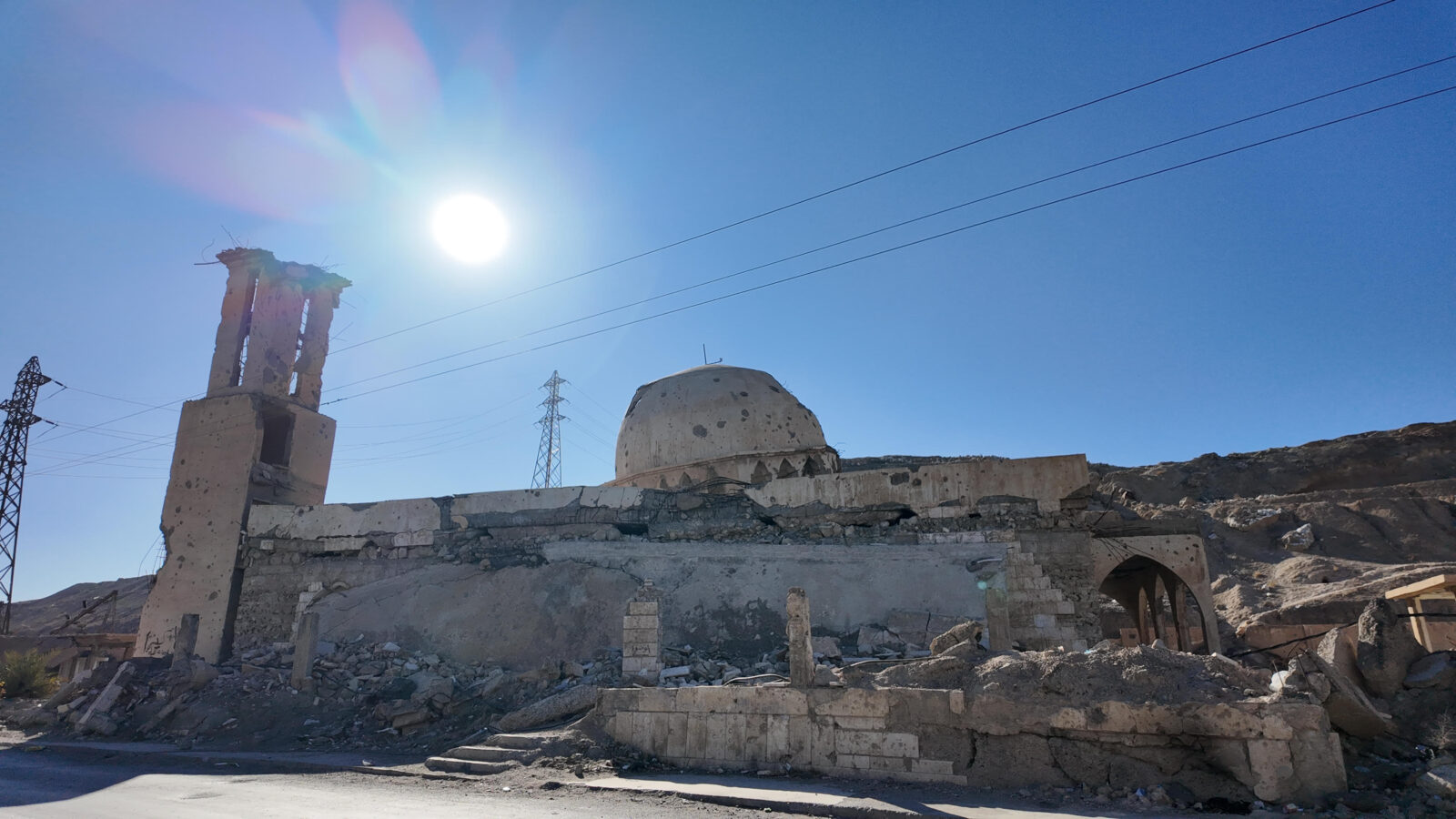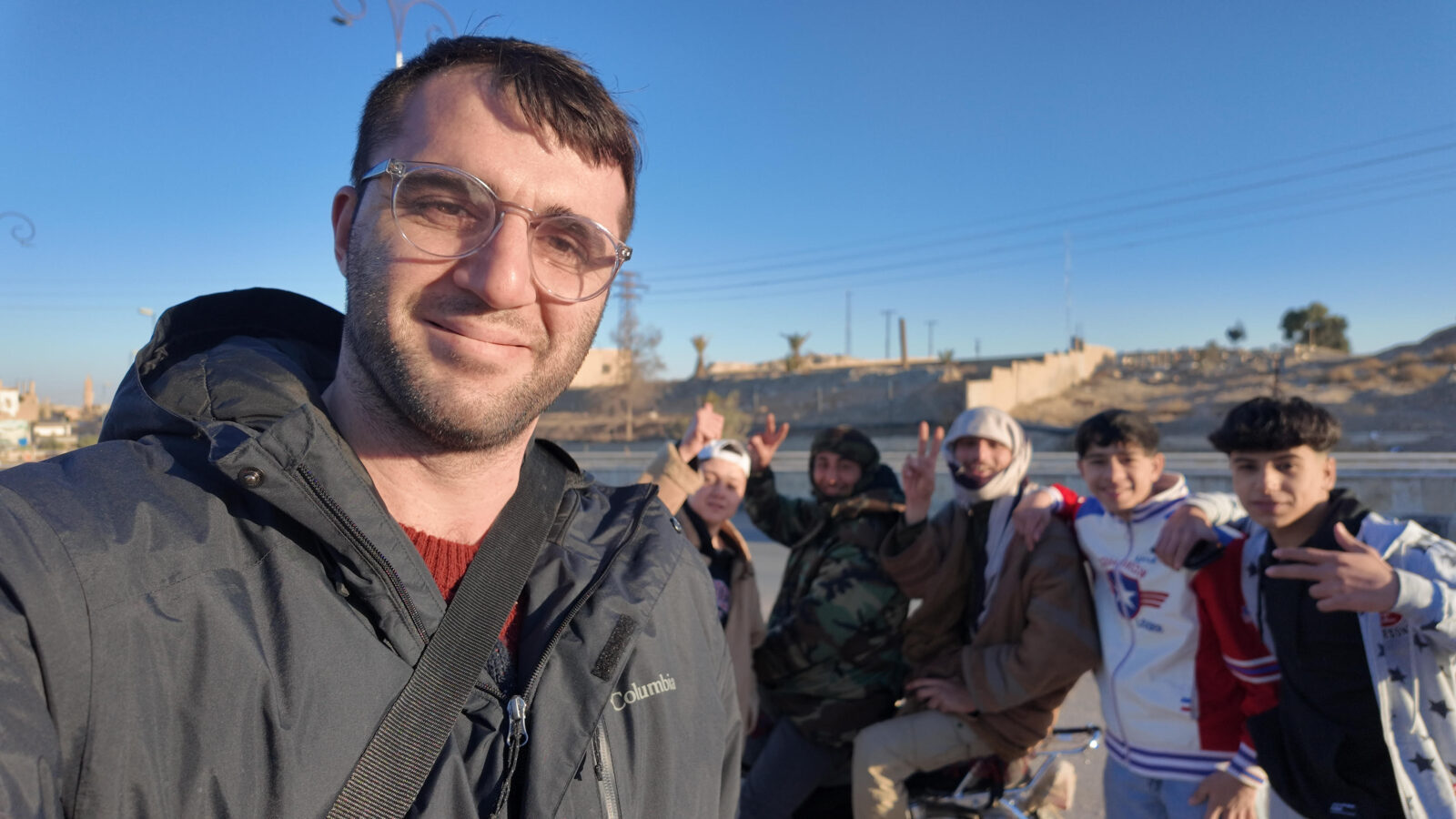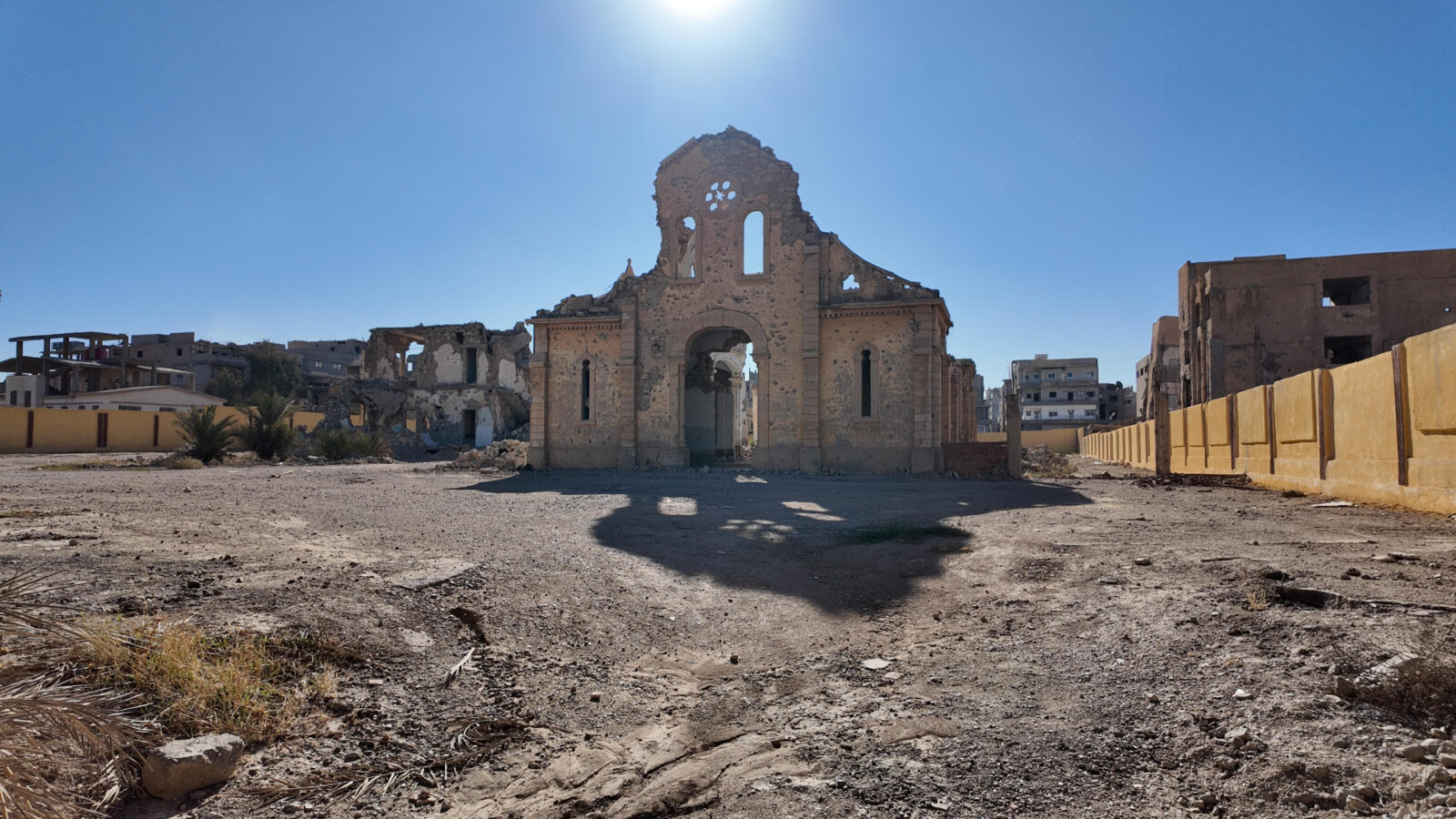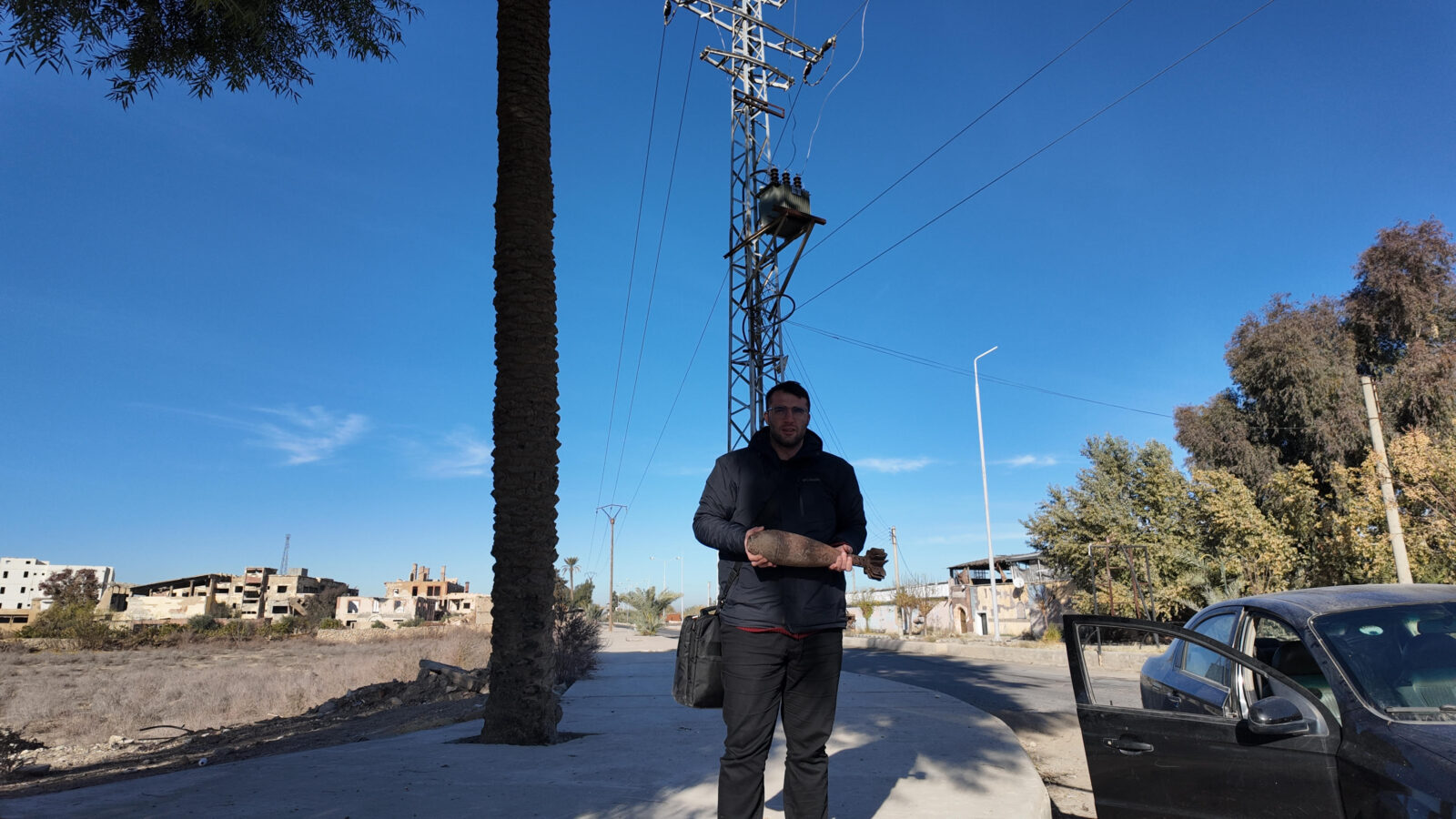
Türkiye Today's Managing Editor, Ilker Sezer, provides on-the-ground insight from Syria's war-torn Deir ez-Zor.
I took a public bus from Damascus to Deir ez-Zor despite staunch opposition from some colleagues—a decision which I regretted multiple times on the road. Yet the feeling of concern transitioned to relief after I arrived in Deir ez-Zor. I was the only international journalist in the entire city, being the only guest at the only operating hotel.
Soon after the bus started its challenging journey, I realized that I was sharing the same bus with many Assad regime soldiers returning home. When they were asked for their identification documents at oppositional Hayat Tahrir al-Sham (HTS) checkpoints, they admitted they were soldiers as they had no documentation with them, speaking almost in shame and fear.
HTS soldiers were very calm and respectful to them. Only at one checkpoint, an HTS member began laughing at one former soldier, telling him, "You are dumb."

My observation of HTS members is that they have strict orders to be kind not only to the public but also to former soldiers. Nevertheless, I am curious to see if they will continue to project this kindness toward all segments of Syrian society when they gain absolute power.
I was sitting next to a former Syrian soldier. After I mentioned that I was a Turkish journalist, he pretended as if he did "not understand my Arabic" and lost interest in me. In his early 20s, he cannot be blamed, as he appeared to wish to just go home safely without having any trouble with an HTS member or even a Turkish journalist.

As the bus approached Palmyra, a former Daesh stronghold city, the night was falling. The driver jokingly asked if anyone wanted to take a break in the city. In unison, passengers firmly replied, "No, no, go." It was a dark-humored remark from the driver, fully aware that no one would dare stop there. Locals from Deir ez-Zor knew of the notorious gangsters and Daesh sleeper cells believed to be active in Palmyra, fearing they might become targets if the bus stopped even briefly.
Our trip to Deir ez-Zor concluded with no stops.
From Homs to Palmyra, the road was littered with destroyed and still-standing tanks, military vehicles, vans and military uniforms. It will always remain very interesting to me how the Assad regime soldiers decided that they had to abandon their posts and in what direction they fled. What kind of feeling did they have?
HTS members were very respectful to me after they learned that I was a Turkish journalist. At one checkpoint, I decided to see what would happen by just telling them that I was a journalist without referring to my nationality. He directly asked for my nationality, and after he learned that I am Turkish, he started speaking in very broken Turkish, mentioned a Turkish series he used to watch, and said that he had lived in Bursa in 2016.
Assad soldiers, civilians, and HTS soldiers all looked exhausted from what had occurred in the 10-day Assad regime collapse, which began on Nov. 27 and ended when Damascus was taken on Dec. 8.

Contrasting Damascus, I did not see joy in the eyes of Deir ez-Zor locals. At the capital, I had just witnessed people dancing and families going to dessert shops to celebrate Assad’s fall.
There remains to be no street left in good condition to host any sort of celebration in Deir ez-Zor, let alone a sweet shop. Destruction surrounded Deir ez-Zor; all the shops concentrated at the center have been destroyed; all of it will need to be planned and rebuilt again.
The locals continue to lose their relatives to the war; isolated from other parts of Syria, they hold on to the sadness of being abandoned.
One Deir ez-Zor resident told me that the PKK/YPG, or "Qasad," as the locals call them, killed one of their close friends. He explained that his friend's house was on the other side of the Euphrates River—still under YPG control—and that he requested the YPG to visit his home.
Despite the fact that YPG members initially allowed him to pass, they chased him down and killed him in cold blood after he had crossed the bridge.

Some parts of Deir ez-Zor have endured massive destruction. You can see exploded rockets in public gardens, destroyed mosques and churches. In one district known as the street of Christians, Sharia al-Mesihiyyin, three churches were destroyed by Daesh.
At the entrance of the city, children are playing on tanks left by Assad troops, families take pictures in front of desecrated Assad banners, and the elderly are engaged in discussions on the city’s problems at the "Hafez Assad" square.
The presence of YPG presents a major security problem for Deir ez-Zor residents. On that initial bus journey from Damascus to Deir ez-Zor, one HTS member said, "Deir ez-Zor is now safe to travel," but surprisingly, an outspoken elderly lady interjected, saying: "No! There is still Qasad (YPG). It is not safe. There are still there. They did not leave."